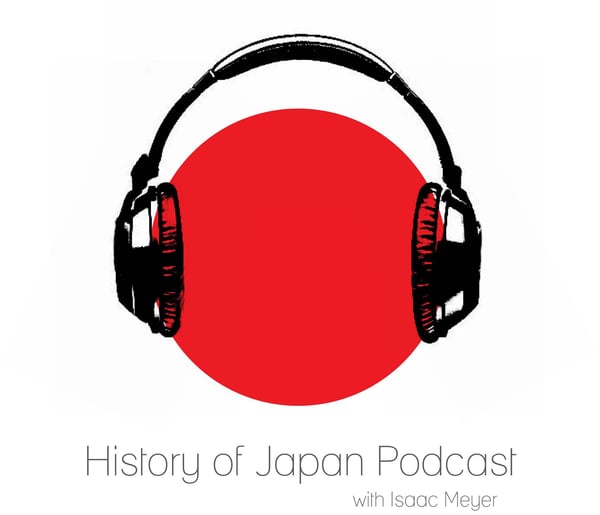Episode 421 - In the Eye of the Beholder
History of Japan
Isaac Meyer
4.8 • 744 Ratings
🗓️ 14 January 2022
⏱️ 34 minutes
🧾️ Download transcript
Summary
Today, we're discussing the evolution of a unique form of modern Japanese art: shin hanga, or new woodblocks, which attempted to combine Western painting techniques with woodblock printing. They're not as well remembered as old ukiyo-e prints, but say something very interesting about the tension between modernity and tradition in 20th century Japan!
Show notes here.
Transcript
Click on a timestamp to play from that location
| 0:00.0 | Hello and welcome to the History of Japan podcast, episode 421 in the Eye of the Beholder. |
| 0:23.5 | This week, I want to talk about art, and I'll start this episode with the preface that it is |
| 0:28.8 | inspired by an absolutely beautiful exhibit at the Portland Japanese Garden, which I happen to be |
| 0:34.1 | lucky enough to see. The specific exhibit, which will give you a chance to see some of the art I'll be talking about today, |
| 0:40.5 | will be at the garden until January 30th, but even if you don't make it to the area for that event, |
| 0:46.4 | I cannot recommend the Portland Japanese Garden enough if you are in the Portland area. |
| 0:51.7 | Seriously, every time I'm there, I make sure to go to the garden, |
| 0:55.4 | and to Powell City of Books, and to the Lanzu Chinese Garden if I have time as well. |
| 1:00.0 | Anyway, that's enough of me shilling for Portland's tourist trade. What kind of art are we going to be |
| 1:06.6 | talking about? Well, we are going to be talking about an attempt to evolve one of Japan's most |
| 1:12.4 | distinctive art forms, Uki-O-E, for more westernized tastes, the Shinhanga, or New Woodblocks. |
| 1:20.7 | But, of course, if we're going to be talking about new wood blocks, we should probably first |
| 1:24.8 | talk about the old wood blocks, though that's not what they're called. |
| 1:29.3 | So let's go back to the Edo period, the flowering high watermark of pre-modern Japan, and of course, let's talk a little terminology. |
| 1:38.3 | Back during the Edo period, though painting and calligraphy were of course popular forms of visual art, the king of the visual arts was woodblock printing. |
| 1:48.1 | The way this works is a little complicated. First, a sketch is carved into a block of wood and inked, and then a piece of paper is pressed against the inked block to print the image onto it. |
| 1:58.9 | Unlike painting or calligraphy, these images can easily be replicated for larger print runs, |
| 2:04.6 | making woodblock printed art substantially cheaper than the alternatives. |
| 2:09.6 | The term most people tend to think of when they think of |
| 2:12.6 | Edo Period woodblock printing is Ukie, or pictures of the floating world. |
| 2:18.3 | Originally, the term Ukio, floating world, is actually Buddhist in origin. |
| 2:23.3 | It's a reference to, in Buddhist theology, the idea of the transient and ephemeral nature of the world we live in. |
... |
Please login to see the full transcript.
Disclaimer: The podcast and artwork embedded on this page are from Isaac Meyer, and are the property of its owner and not affiliated with or endorsed by Tapesearch.
Generated transcripts are the property of Isaac Meyer and are distributed freely under the Fair Use doctrine. Transcripts generated by Tapesearch are not guaranteed to be accurate.
Copyright © Tapesearch 2025.

